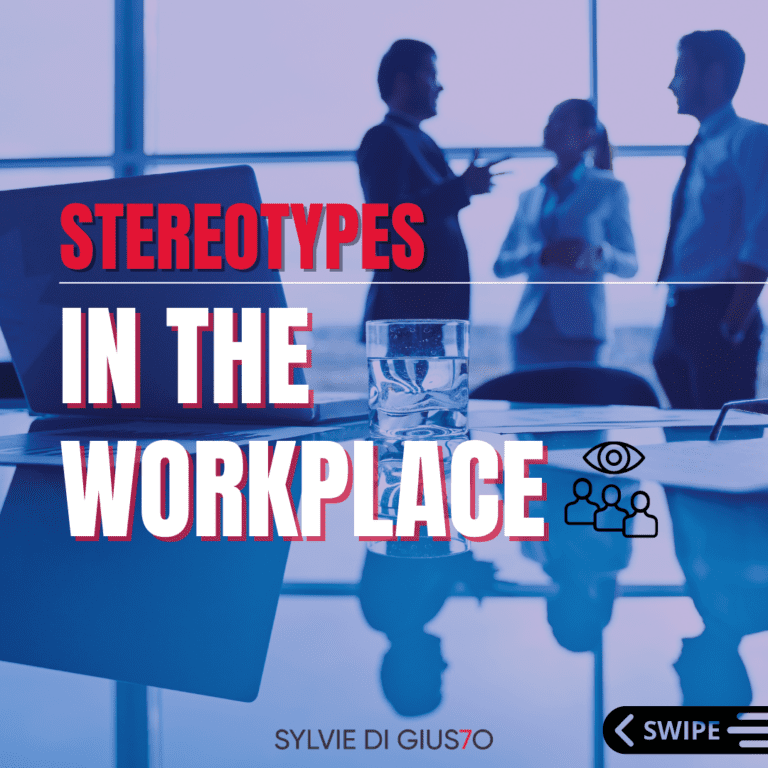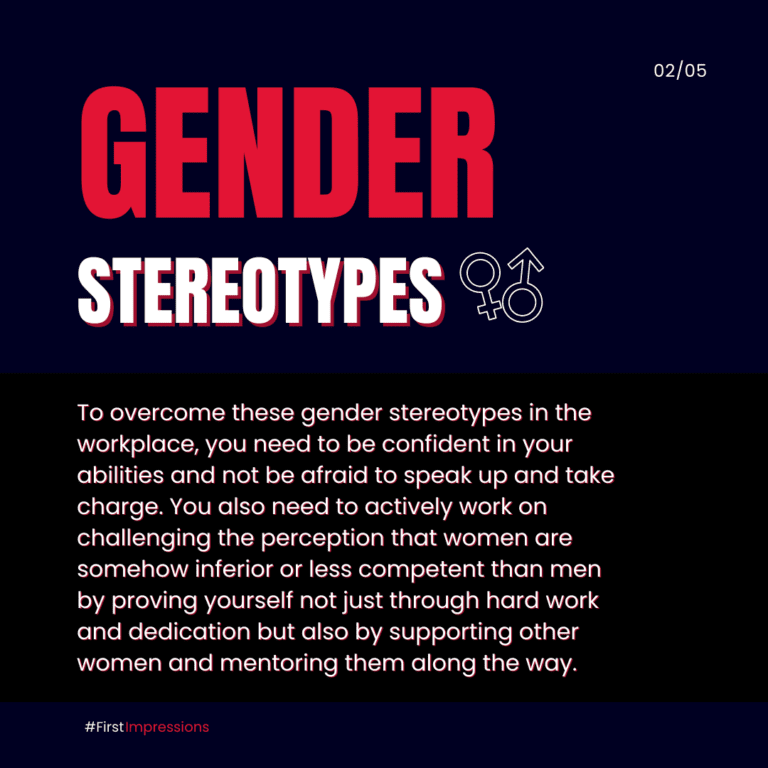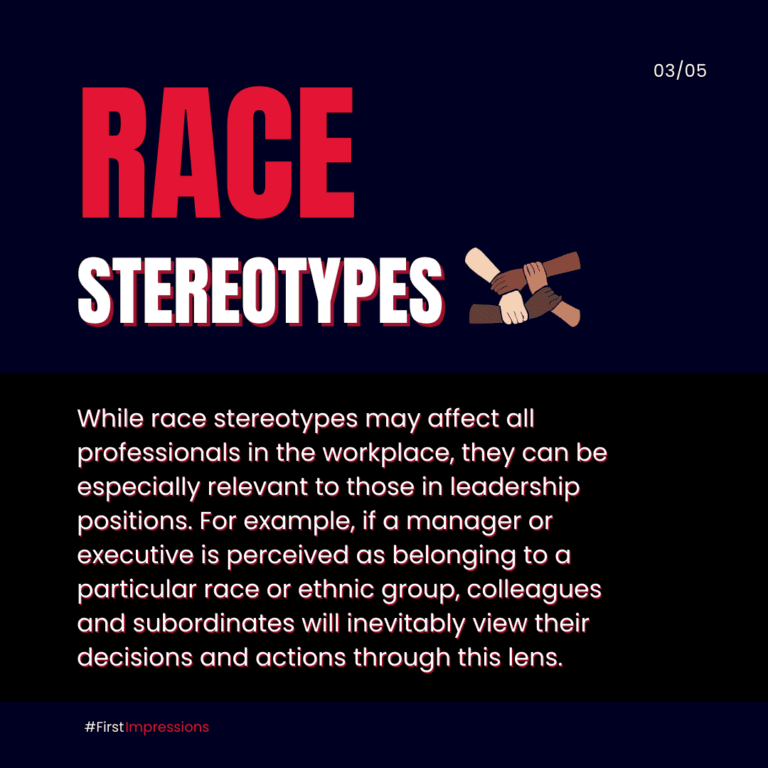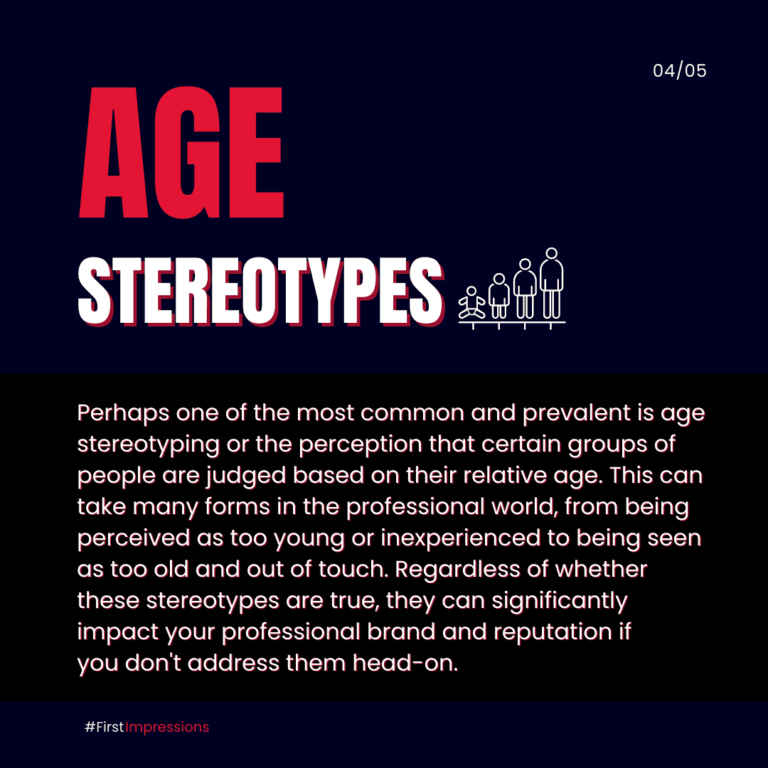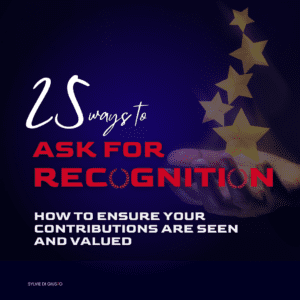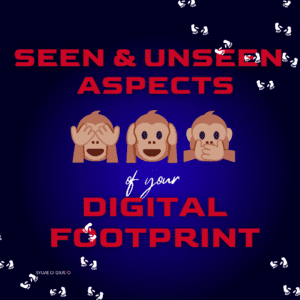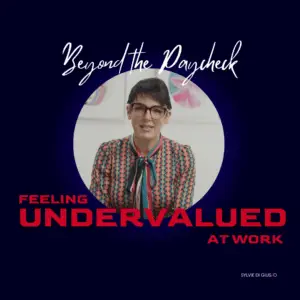Age Stereotypes at Work
Perhaps one of the most common and prevalent is age stereotyping or the perception that certain groups of people are judged based on their relative age. This can take many forms in the professional world, from being perceived as too young or inexperienced to being seen as too old and out of touch. Regardless of whether these stereotypes are true, they can significantly impact your professional brand and reputation if you don’t address them head-on.
Age Stereotypes in Leadership
Whether it’s a perception that younger leaders are inexperienced and unable to take on more extensive responsibilities or that older leaders are too set in their ways and unable to adapt to new challenges, there can often be an unfair bias against those who fall outside of what is considered to be the “norm” in terms of age and leadership roles.
For example, if you are a young professional trying to climb the corporate ladder, it’s vital to be proactive in addressing any perception that you may not have the necessary skills or experience for specific leadership positions. This can involve building your professional brand through strategic networking, taking on more challenging projects, and seeking out mentorship opportunities from more seasoned professionals.
Likewise, if you are an older professional, you must be aware of any potential perception that you may not have the necessary skills or adaptability to succeed in today’s fast-paced business environment. This might involve focusing on your professional development, staying up-to-date with emerging trends and technologies, and working closely with younger colleagues to gain their perspectives and feedback.
If you face these types of stereotypes in your professional life, it’s essential to work on building your reputation as a competent and capable leader who can rise to any challenge. This may mean focusing on developing particular skills or areas of expertise seen as strengths and actively demonstrating your ability to lead and manage others effectively.
To overcome these stereotypes, you need to stay focused on your professional goals and priorities, stay committed to learning and growing as a professional, and build strong relationships with those around you. With time and effort, you can overcome any perception that may be unfairly holding you back in the workplace.
Age Stereotypes in Sales and Customer Service
Whether working in a sales role or providing customer service, it’s essential to be aware of some clients’ perceptions about specific age groups. For example, young people may be viewed as being more tech-savvy and able to provide better advice on products or services related to technology and social media. At the same time, older clients may be more receptive to advice from someone who appears to have more experience and knowledge.
To overcome these perceptions, you must stay focused on building solid relationships with your clients and understanding their needs and preferences. This might involve researching the client’s background or interests to understand their perception of age better and being flexible in adapting your approach based on feedback from your team or colleagues. With patience, dedication, and a commitment to delivering high-quality results, you can overcome any perception that may unfairly hold you back in your professional life.
Are you facing any of these stereotypes at work? Let me know. You can always reach out to me. It’s really me on the other side!
